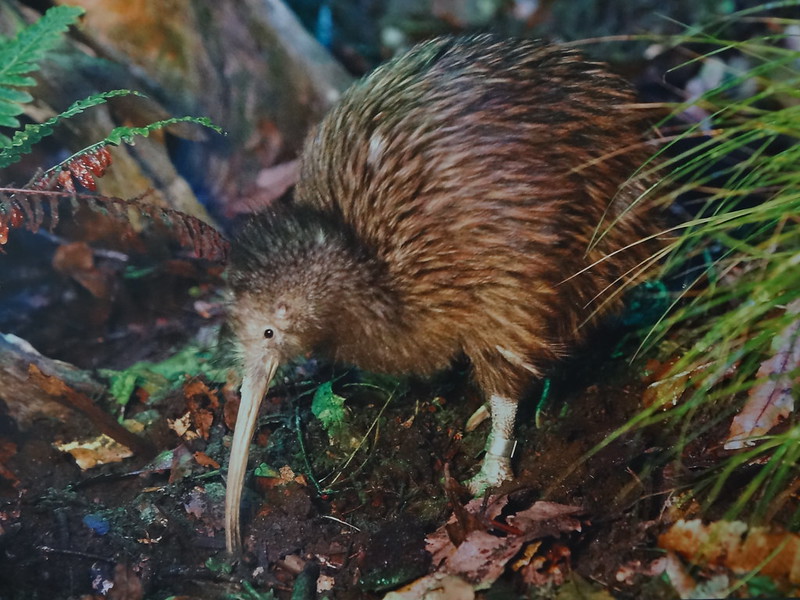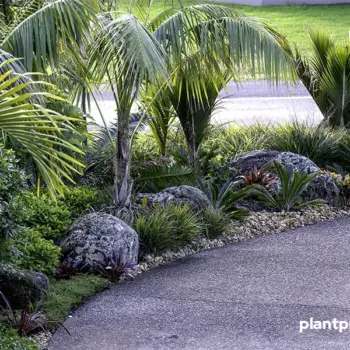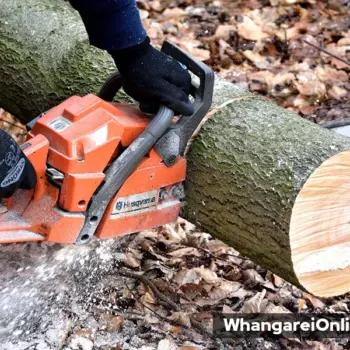
The iconic New Zealand bird is known to be shy and elusive. Coming out only at night, the kiwi bird forages through the thick native forest, making it even harder to spot it in the wild. For most people who want to catch a glimpse of our famous, flightless bird, it’s a visit to one of the many Kiwi Houses throughout New Zealand. However, there are a few selected places throughout both islands where chances of spotting a kiwi in the wild are slightly increased and the Whangarei district is one of them.
Apart from having Northland’s only nocturnal house where visitors can see a kiwi in its natural habitat during the day, kiwi birds can also be spotted in various other areas. With the Backyard Kiwi programme and the Department of Conservation’s Northland Kiwi Sanctuary, the kiwi bird population has increased significantly over the past few years. More and more kiwis, specifically the Northland brown kiwi, are being released into the wild, but before that, the public gets a close look at each bird and the opportunity to become part of the nationwide conservation programme.
Here are the best locations to spot a kiwi bird in the Whangarei area, in captivity and in the wild.
Kiwi North
Your best option to get up close to a kiwi bird is Whangarei’s very own Kiwi House. Its Northland’s only nocturnal house, meaning that day and night have been switched around so that the resident kiwi roam around during the day while the house is open. Daily feeding sessions including informative talks by the keepers enable visitors to watch the birds in their natural environment and learn about their habits without disturbing them. Kiwi North is part of Heritage Park just off State Highway 14 and open to the public 7 days a week.
Native Bird Recovery Centre
Established in 1992, the Whangarei Native Bird Recovery Centre houses and cares or injured birds of any kind, including kiwi. They are being treated and eventually released into the wild if it’s safe to do so. Close to Kiwi North, the centre also owns an incubation unit for kiwi and several recovery pens so that at times kiwi recovering from injuries or illness can be visited. Open to the public, there is a large display including a kiwi skeleton and stories of surviving birds.
Whangarei Heads
Under the Backyard Kiwi programme there are currently around 500 male kiwi adults being monitored. One of the programme’s highlights is regular kiwi releases that are held in various locations around Whangarei Heads such as McLeod’s Bay. Kiwi chicks are taken and fitted with a transponder so they can be tracked for the future. They are temporarily relocated to nearby predator-free Limestone Island to ensure they reach maturity, before being recaptured and released into back onto the mainland in form of a big community event. If you want to know about the history and whereabouts of each of those kiwi birds, take a look at the tracked kiwi map on the programme’s website.
Matakohe Limestone Island
The scenic reserve in the heart of the Whangarei harbour was established with the goal to reinstall an ecosystem with native flora and fauna. Today Matakohe-Limestone Island is a predator-free island that has helped increase the population of several native species including the Northland brown kiwi. The reserve is a sanctuary for juvenile kiwi birds who are temporarily relocated to the island before being reintroduced to the mainland. The 37-hectare big island was once a Māori pā site and is now open to the public.
You can take your own boat across the harbour to reach the island or hop aboard the M.V. Waipapa which leaves the Whangarei town basin every Sunday. Absolutely no dogs are allowed on the island to ensure it stays predator-free. You are, however, allowed to explore the island’s many tracks and admire the abundant wildlife. Don’t forget to bring a pair of binoculars and you might be lucky enough to spot a kiwi.
Bream Head
Since the establishment of the Bream Head Conservation Trust in 2002, numbers of local kiwi birds have increased significantly. Locals can now enjoy the call of the kiwi on a regular base from their own backyard and the shy bird has been spotted repeatedly along the Bream Bay coastal walks after sunset.
Tips on spotting kiwi in the wild
When to look for kiwi
Kiwi birds are nocturnal, so you have to choose the right timing. Your chances of spotting the flightless bird are highest shortly before sunrise and right after dawn.
Signs to look for
Kiwi footprints differ from that from most other birds. Look out for 3 toes rather than 4. The kiwi’s fourth toe is higher up and therefore only visible in grounds like deep mud.
When kiwi forage the forest ground for food with their beaks, they leave holes in the ground the shape of an ice cream cone.
Especially in summer, you might be lucky enough to find a kiwi feather that got left behind in the grass. Kiwi feathers are of downy appearance without any barbs holding the segments together.
The easiest way to know if kiwi are around is to listen for their distinctive calls.
What to take
The biggest threat to kiwi are domestic dogs, so never take your dogs out into the bush, especially if they’re not on a lead.
Pack a torch when going for a walk but avoid LED lights. Bright lights easily scare kiwi birds. Choose a low-light red torch instead which won’t irritate their eyes and neither will affect your night vision.
Warm clothes and a few snacks are also recommended, and patience is key.
Do’s and don’t’s for Kiwi spotting
Walk slowly and avoid sudden movements.
When you do spot a kiwi, don’t approach it, but keep a reasonable distance. Kiwi birds are quite curious by nature, so if you stand still chances are it will come close to you for a look.
Under no circumstance should you ever touch a kiwi as this can cause intense stress for the small birds.
As tempting as it may be, but once the kiwi disappears, do not follow it into the bush. Its nest might be close and the slightest disturbance could mean losing the eggs.

